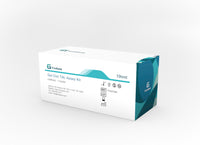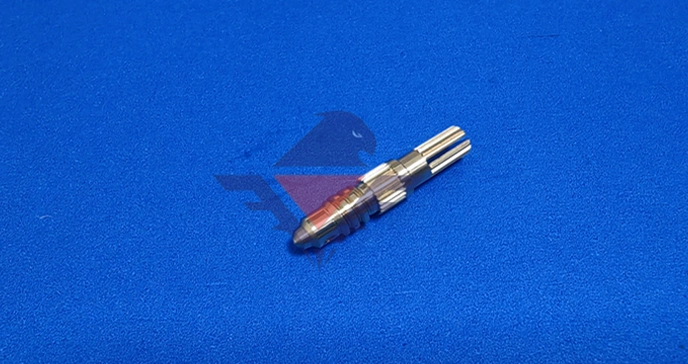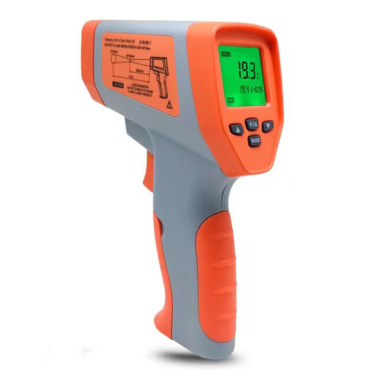Embossed Carrier Tape Manufacturer
April 27, 2025 | News | No Comments
# Embossed Carrier Tape Manufacturer: Ensuring Safe and Efficient Component Packaging
## The Importance of Embossed Carrier Tapes in Electronics Manufacturing
Embossed carrier tapes play a crucial role in the electronics manufacturing industry, providing a reliable and efficient method for transporting and protecting sensitive components. As an embossed carrier tape manufacturer, we understand the critical nature of these packaging solutions in maintaining component integrity throughout the supply chain.
These specialized tapes feature precisely formed cavities that securely hold electronic components in place during handling, transportation, and automated assembly processes. The embossing process creates customized pockets that match the exact dimensions of the components being packaged, ensuring optimal protection against damage from vibration, static, or environmental factors.
## Key Features of High-Quality Embossed Carrier Tapes
When selecting an embossed carrier tape manufacturer, it’s essential to consider several critical factors that determine the quality and performance of the final product:
– Material selection (typically PS, PC, or ABS plastics)
– Precision embossing technology
– Cavity design accuracy
– Static control properties
– Compatibility with automated pick-and-place equipment
– Environmental resistance
– Customization capabilities
## Manufacturing Process of Embossed Carrier Tapes
The production of embossed carrier tapes involves several precise steps to ensure consistent quality and performance:
1. Material selection and preparation
2. Heating the plastic film to optimal forming temperature
3. Precision embossing using specialized molds
4. Cooling and stabilization
5. Quality inspection and testing
6. Spooling or packaging for shipment
Advanced embossed carrier tape manufacturers utilize state-of-the-art thermoforming equipment and strict quality control measures to produce tapes that meet industry standards such as EIA-481.
## Applications Across Industries
Embossed carrier tapes serve numerous industries that require component protection and automated handling:
– Semiconductor manufacturing
– Consumer electronics
– Automotive electronics
– Medical device production
– Aerospace components
– Telecommunications equipment
## Choosing the Right Embossed Carrier Tape Manufacturer
When selecting a manufacturing partner for your embossed carrier tape needs, consider these important factors:
– Industry experience and expertise
– Customization capabilities
– Quality assurance processes
– Production capacity and lead times
– Technical support and customer service
– Compliance with relevant industry standards
A reliable embossed carrier tape manufacturer will work closely with clients to understand their specific requirements and develop solutions that optimize both component protection and production efficiency.
## The Future of Embossed Carrier Tape Technology
As electronic components continue to decrease in size while increasing in complexity, embossed carrier tape manufacturers must adapt to meet these evolving challenges. Innovations in materials science, precision forming technologies, and smart packaging solutions are shaping the future of component packaging.
Leading manufacturers are investing in research and development to create tapes with enhanced features such as:
– Improved anti-static properties
– Higher temperature resistance
– Reduced environmental impact
– Integrated tracking and identification capabilities
– Advanced materials for specialized applications
By partnering with an innovative embossed carrier tape manufacturer, electronics producers can ensure they have access to the most advanced packaging solutions available.




